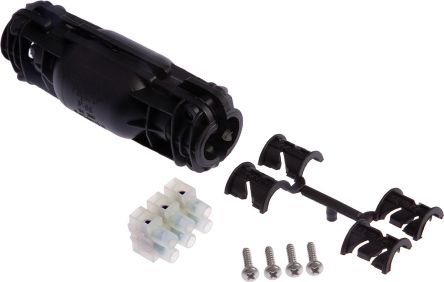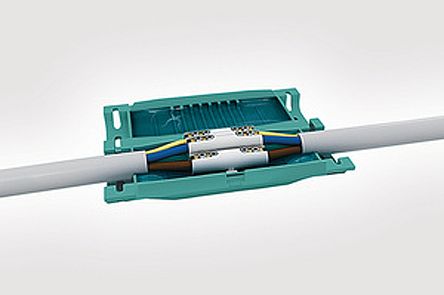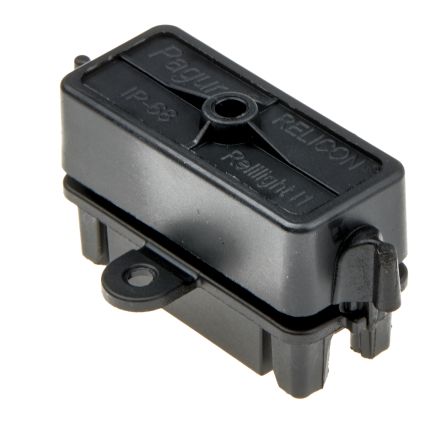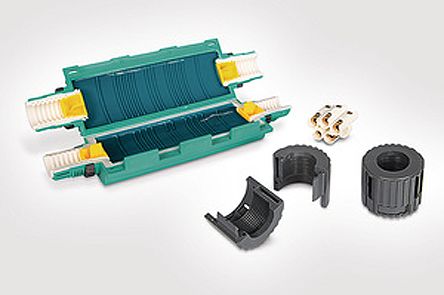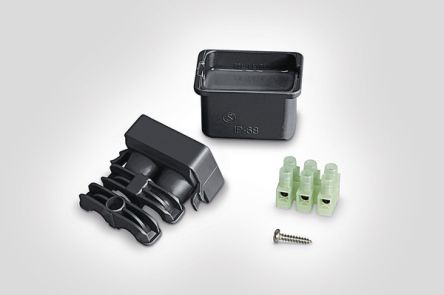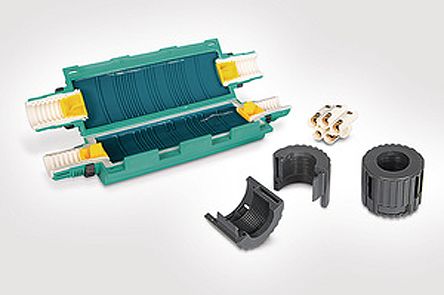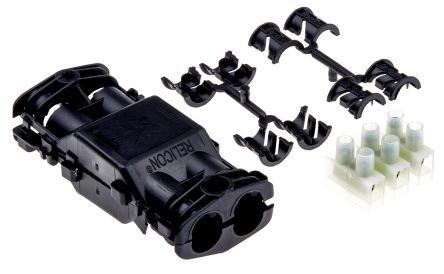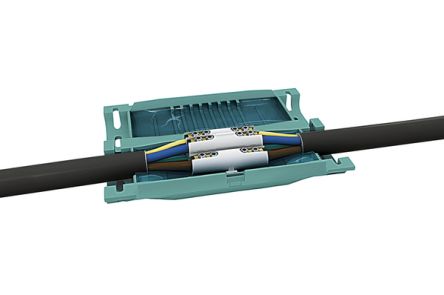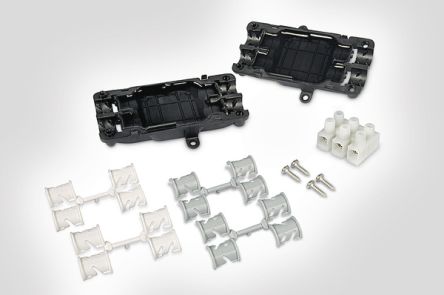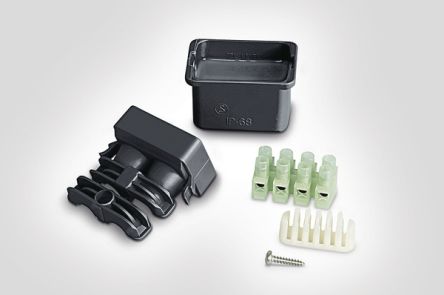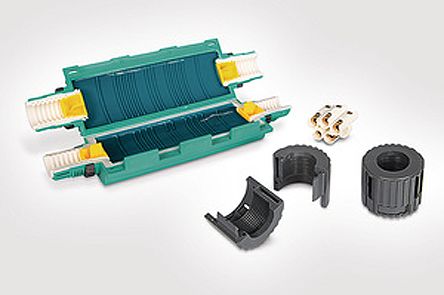- Automation & Control Gear
- Cables & Wires
- Enclosures & Server Racks
- Fuses & Circuit Breakers
- HVAC, Fans & Thermal Management
- Lighting
- Relays & Signal Conditioning
- Switches
- Batteries & Chargers
- Connectors
- Displays & Optoelectronics
- ESD Control, Cleanroom & PCB Prototyping
- Passive Components
- Power Supplies & Transformers
- Raspberry Pi, Arduino, ROCK, STEM Education & Development Tools
- Semiconductors
Underground Cable Joints
15 Products showing for Underground Cable Joints
1 of 1
Results per page
Popular Searches
Related links
- Prysmian Resin Filled Cable Joint Kit 4mm²
- Prysmian Resin Filled Cable Joint Kit 35mm²
- Prysmian Resin Filled Cable Joint Kit 1.5 → 2.5mm²
- Prysmian Resin Filled Cable Joint Kit 16mm²
- 3M Resin Filled Cable Joint Kit, Straight Joint Type
- 3M Resin Filled Cable Joint Kit 4 x 1.5 → 4mm²
- 3M Resin Filled Cable Joint Kit 4 x 1.5 → 10mm²
- 3M Resin Filled Cable Joint Kit 6 → 16 mm2
